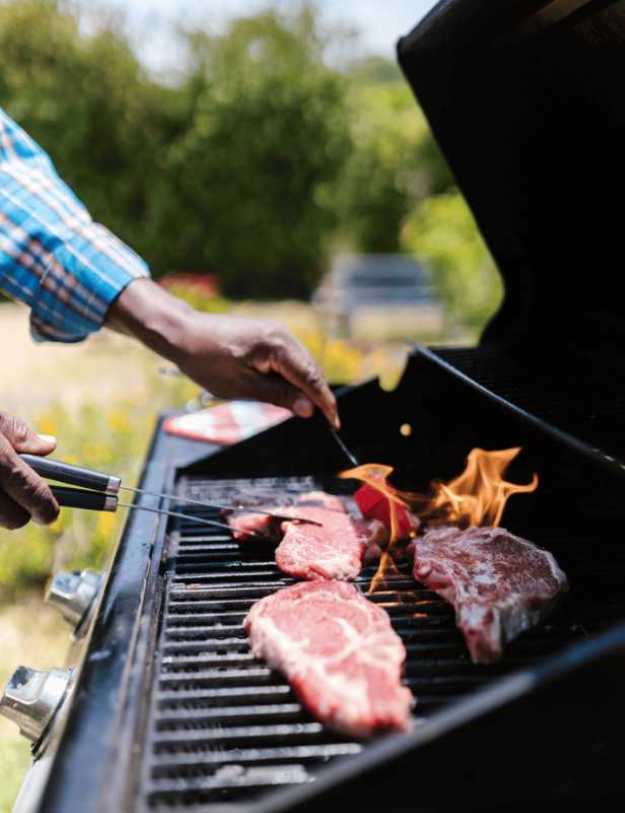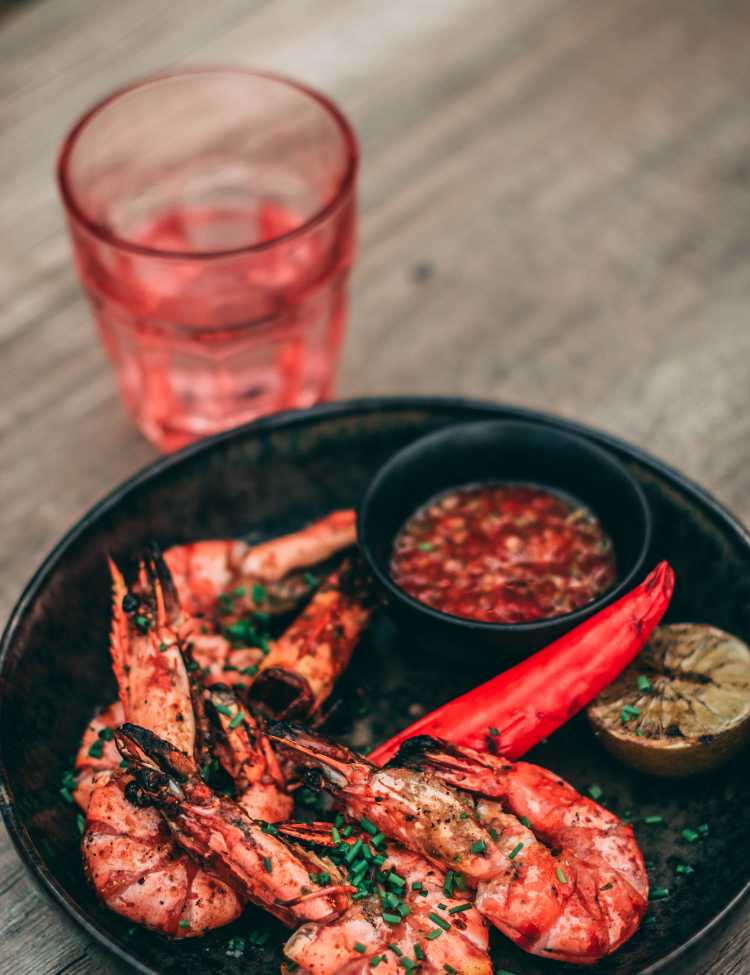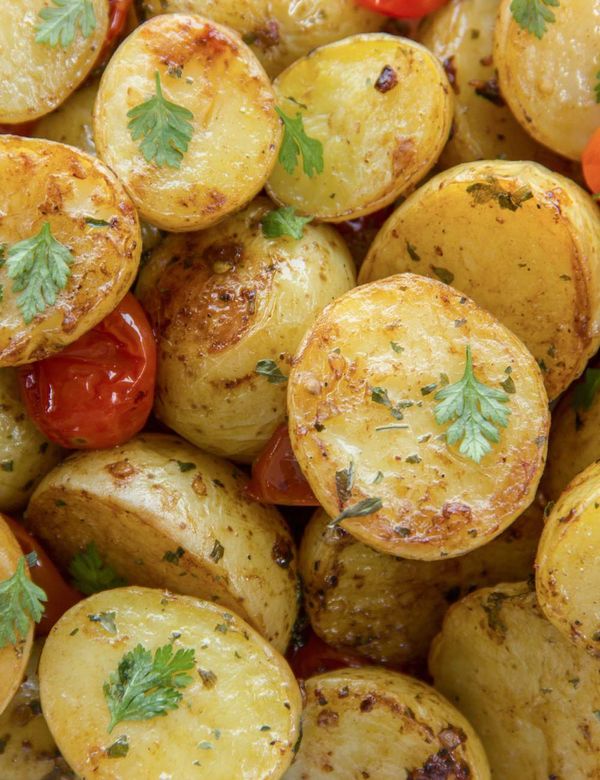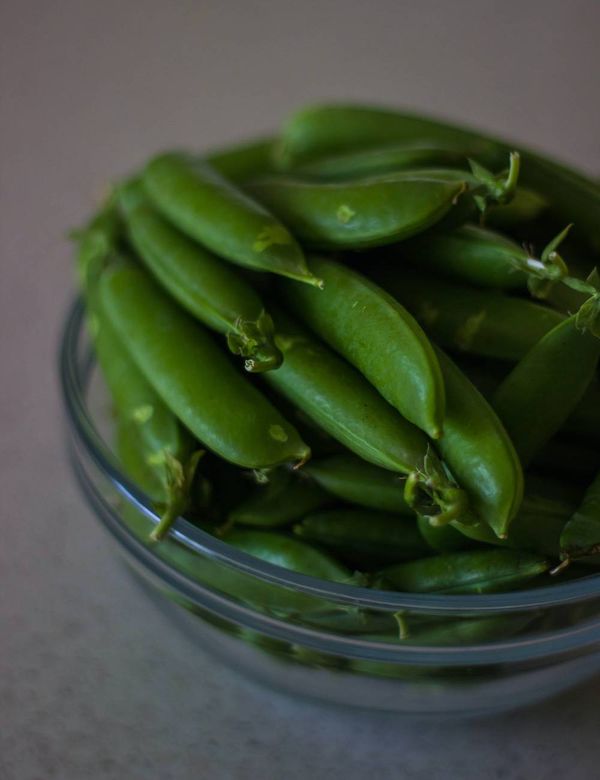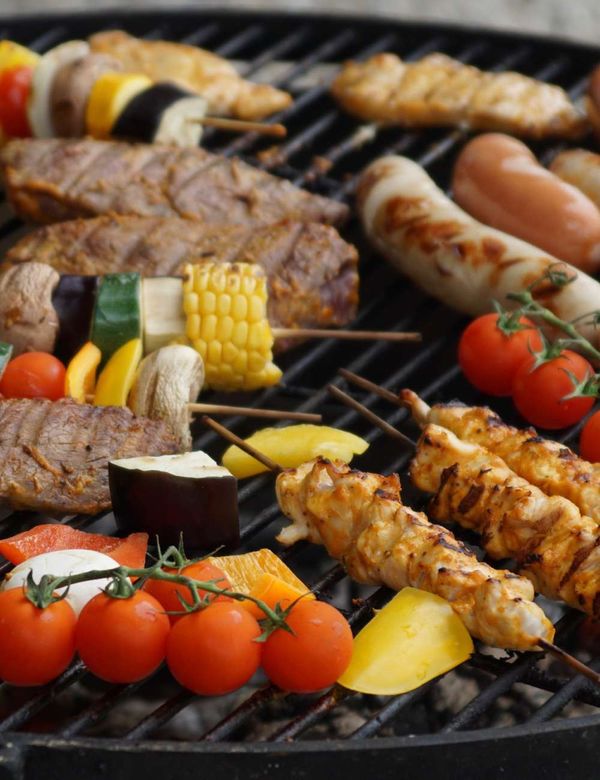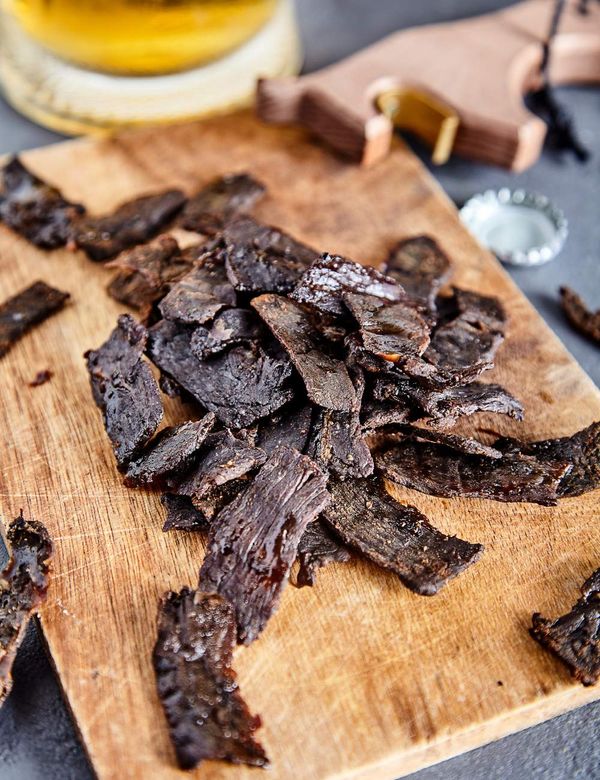Want to grill up the perfect steak?
There's a secret to getting juicy, delicious results every time, and it all comes down to finding the ideal temperature for your grill!
Nobody likes an undercooked steak, nor a burnt one either.
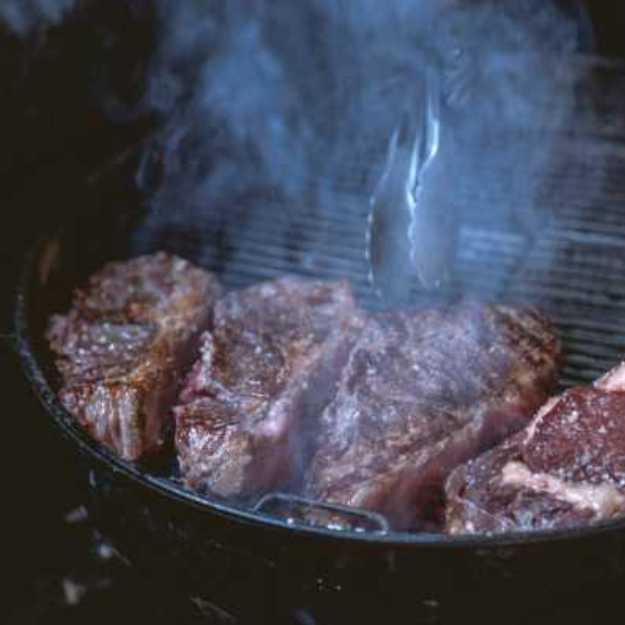
The ideal grilling temperature for steak is often hotly debated, so let's take a look at the facts and discover the best way to ensure your next barbeque is too hot to handle!
Continue reading to get all of the best information about proper grilling temperatures!
Key Points
•Understanding the Different Levels of Doneness: Steaks can be cooked to different levels of doneness - from rare to well-done. Each level requires a specific internal temperature, which can be checked using a meat thermometer.
•Preheating the Grill: Preheating the grill to the right temperature is essential to ensure even cooking. It also helps to sear the steak and lock in the juices.
•Type of Steak: The best grilling temperature can vary depending on the type of steak. For instance, lean cuts like sirloin might require lower temperatures than fattier cuts like ribeye.
•Use of a Meat Thermometer: A meat thermometer is a handy tool to accurately determine the internal temperature of your steak, ensuring it's cooked to your desired level of doneness.
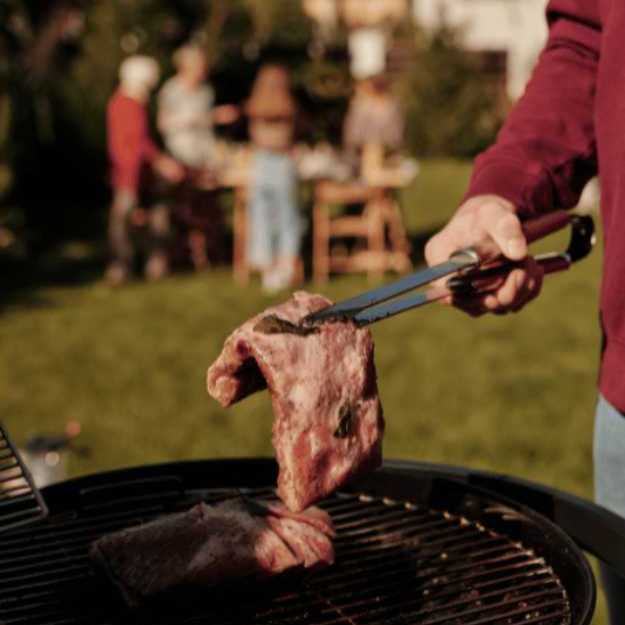
Decoding the Levels of Steak Doneness: A Temperature Guide
When it comes to grilling the perfect steak, understanding the different levels of doneness and their corresponding temperatures is crucial.
Each level of doneness, from rare to well-done, has a specific internal temperature range that can be measured using a meat thermometer.
A rare steak, which is seared on the outside and still red in the middle, reaches this stage at an internal temperature of around 120-125°F.
For a medium-rare steak, which is often preferred for its balance of juiciness and flavor, aim for a temperature between 130-135°F.

If you prefer a medium steak, you should cook it until it reaches an internal temperature of about 140-145°F.
Meanwhile, a medium-well steak, mostly brown with a hint of pink, calls for a temperature of 150-155°F.
Lastly, a well-done steak, which is browned throughout, should reach an internal temperature of 160°F or more.
Remember, these temperatures are guidelines, and personal preference will also play a role in determining the ideal doneness of your steak!
The Importance of Preheating Your Grill: Getting the Temperature Right
Preheating your grill is a very important and overlooked step in the steak grilling process and it plays a significant role in determining the outcome of your steak.
A properly preheated grill ensures that your steak is cooked evenly, preventing the inside from being undercooked while the outside gets burnt.
Additionally, a preheated grill helps to achieve those desirable grill marks and a tantalizing sear, sealing in the steak's juices and enhancing its flavor.
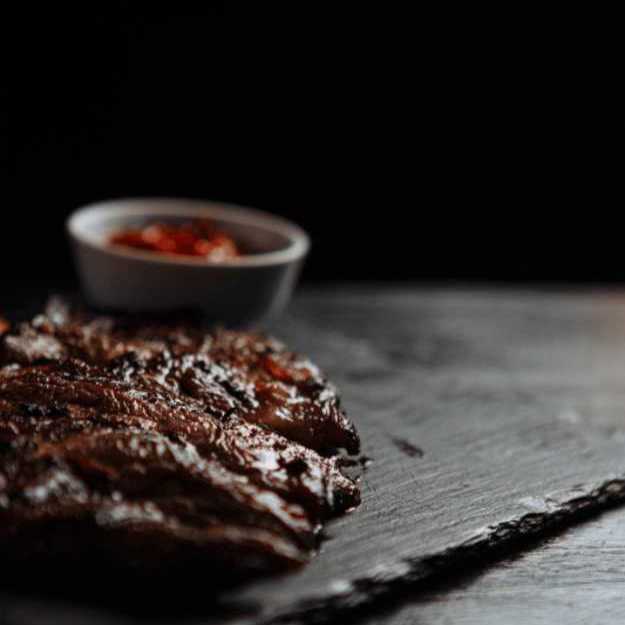
The recommended preheating temperature usually falls between 400-450°F for high heat, 350-400°F for medium heat, and 250-300°F for low heat.
However, the ideal grilling temperature can vary depending on the type and thickness of your steak.
Remember, a well-preheated grill is key to getting that perfect, juicy, flavorful steak.
Factoring in the Type of Steak: How It Impacts Grilling Temperature
The type of steak you choose to grill can greatly influence the ideal grilling temperature.
Different cuts of steak have varying levels of fat content and thickness, which affect how they should be cooked.
For instance, leaner cuts like sirloin or filet mignon, which have less fat to keep them moist, may require a lower grilling temperature to prevent them from drying out.
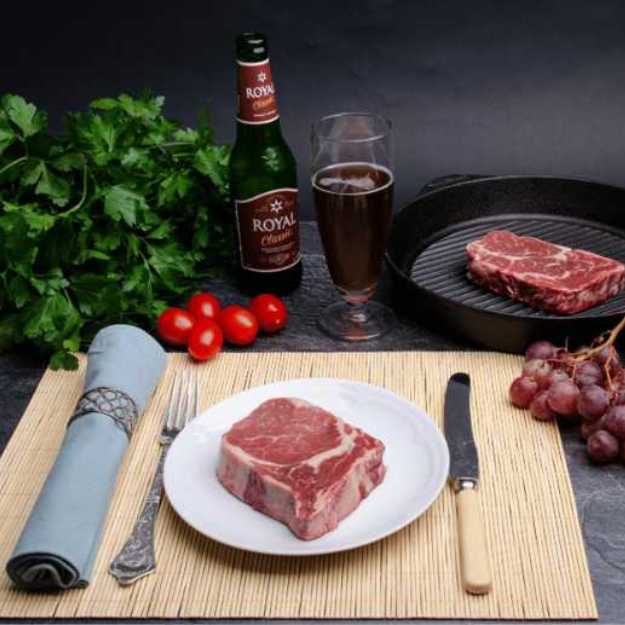
On the other hand, fattier cuts like ribeye steak or porterhouse, known for their rich marbling, can withstand higher temperatures that render the fat and intensify the flavor.
Similarly, tougher cuts like flank or skirt steak may benefit from a high-heat sear followed by slow cooking at a lower temperature to break down the tough fibers and tenderize the meat.
Therefore, understanding your steak's characteristics is crucial in determining the right grilling temperature for a succulent result.
Size Matters: How Steak Thickness Affects Grilling Temperature
The thickness of your steak is a vital factor to consider when determining the optimal grilling temperature.
Thicker cuts of steak require a lower temperature and a longer cooking time to ensure that the heat penetrates to the center, achieving the desired level of doneness without burning the exterior.
On the contrary, thinner steaks need a higher temperature for a shorter period to quickly sear the outside while still cooking the inside to the right level.
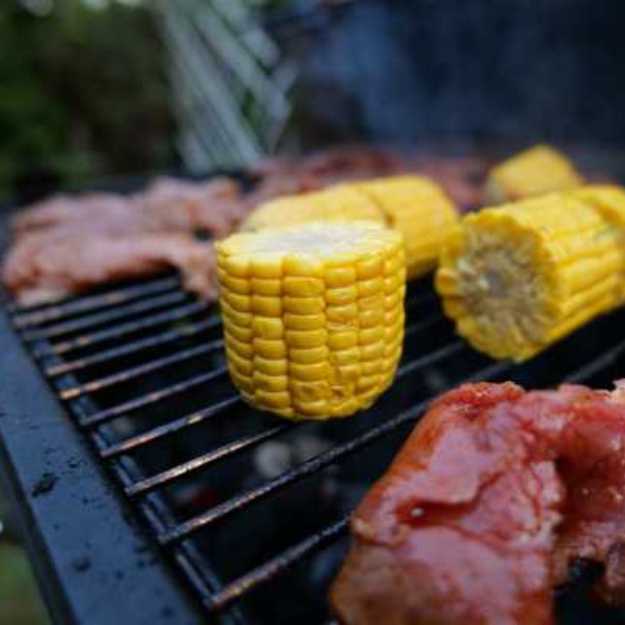
For instance, a thick, 2-inch steak might be best cooked over medium heat, allowing it to reach the correct internal temperature without charring the outside.
Meanwhile, a thin, half-inch steak could be quickly seared over high heat to achieve a flavorful crust and retain a juicy interior.
Hence, adjusting your grilling temperature based on the size of your steak is essential for a perfect result.
Resting Time Post-Grilling: Why It's Crucial for Your Steak's Temperature
Resting time post-grilling is an essential step in the steak-cooking process that is often overlooked.
This period allows the juices in the steak to redistribute evenly, ensuring a tender and flavorful bite.
When a steak is cooked, the heat causes the juices to rush toward the center of the meat.
If you cut into it immediately after cooking, those delicious juices will spill out, leaving your steak dry.
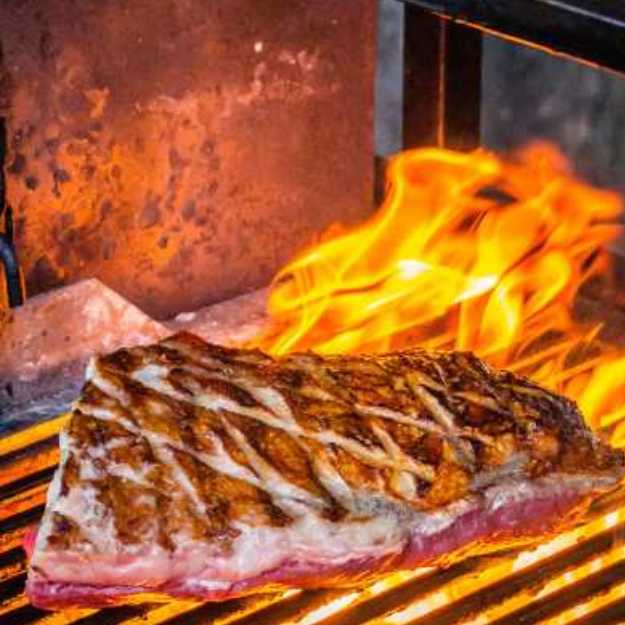
However, by allowing the steak to rest for about 5-10 minutes after grilling, the juices have time to seep back into the entire piece of meat, enhancing its overall taste and texture.
Moreover, during this resting period, the residual heat continues to cook the steak slightly, bringing it to the perfect internal temperature.
Hence, for a succulent and perfectly cooked steak, resting time is crucial.
Safe Steak Consumption: Understanding USDA's Recommended Temperatures
Safe steak consumption is largely determined by the internal temperature of the meat, and understanding the USDA's recommended temperatures can ensure both delicious and safe dining.
According to USDA guidelines, steaks should be cooked to a minimum internal temperature of 145°F (63°C) and allowed to rest for at least three minutes after cooking.
This temperature is considered safe for medium-rare to medium steak, significantly reducing the risk of foodborne illnesses without compromising on tenderness and flavor.
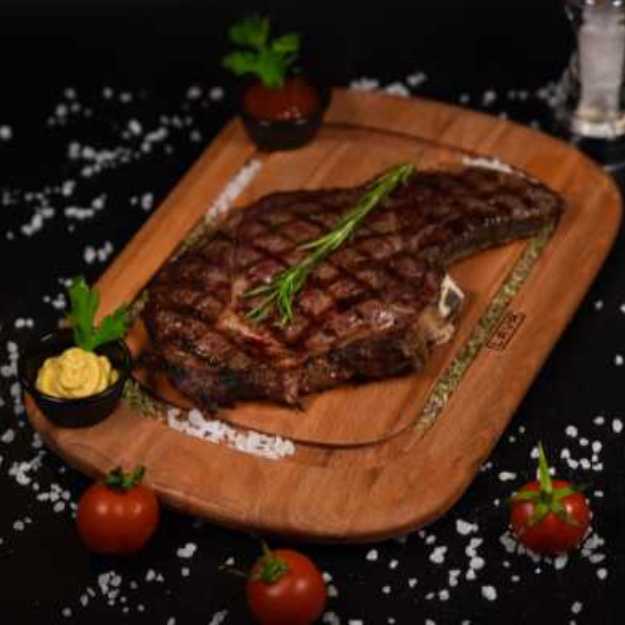
For those who prefer well-done steaks, a higher temperature is required. However, it's crucial to remember that overcooking can lead to a tougher texture.
A food thermometer is an invaluable tool in achieving these safe and desired temperatures, guaranteeing a steak that is not only tasty but also safely prepared.
Thermometers and Steaks: The Tool You Need for Perfect Temperature
In the quest for a perfectly cooked steak, a meat thermometer is an indispensable tool.
It takes the guesswork out of determining whether your steak has reached the desired temperature, ensuring that it's cooked to perfection every time.
By inserting the thermometer into the thickest part of the steak, you can get an accurate reading of its internal temperature.
This allows you to cook your steak precisely to your preference, whether that's rare, medium-rare, medium, or well-done.
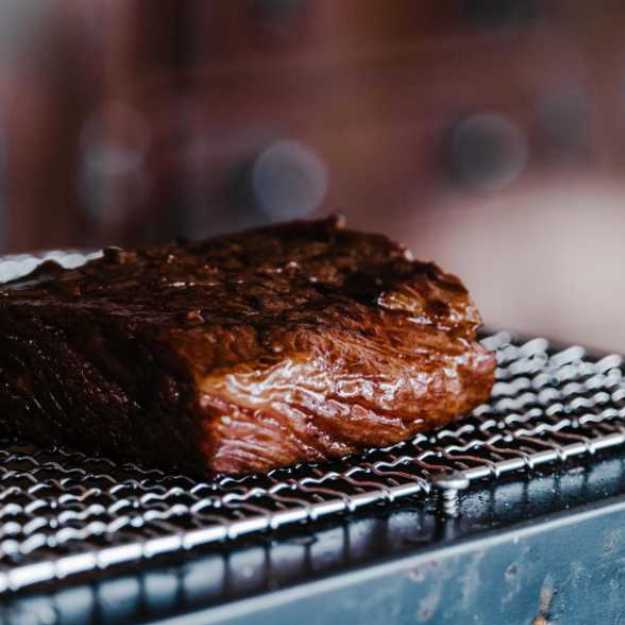
Furthermore, using a thermometer doesn't just lead to better-tasting steaks - it also ensures that your meat is cooked safely, reducing the risk of foodborne illnesses.
So, if you're serious about your steak, a good quality meat thermometer is a must-have tool in your grilling arsenal.
Maintain Your Grill, Maintain Your Temperature: The Connection Explained
Maintaining your grill is crucial not only for its longevity but also for achieving consistent cooking temperatures, which directly affects the quality of your steak.
Over time, residue from previous grilling sessions can build up on the grates and interior of your grill.
This buildup can interfere with the heat distribution, causing uneven cooking and making it harder to reach and maintain the desired temperature.
Regular cleaning and maintenance help ensure that your grill operates at peak performance, providing even heat that cooks your steak perfectly.
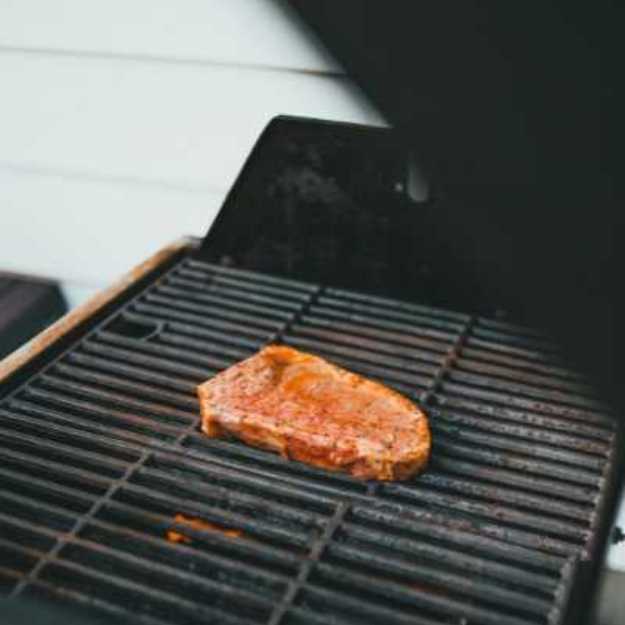
Furthermore, a well-maintained grill can more accurately sustain low or high temperatures as needed, giving you greater control over your cooking process.
Thus, regular grill maintenance is a key factor in consistently achieving the perfect steak temperature.
Personal Preference and Experimentation: Finding Your Ideal Steak Temperature
Personal preference and experimentation are the keys to discovering your ideal steak temperature.
The beauty of steak lies in its diversity; it can be enjoyed from a rare, almost raw state to a completely cooked well-done.
Understanding what each level of doneness means in terms of texture and flavor is the first step.
Rare steaks offer a soft, melt-in-your-mouth texture with a robust, beefy flavor.
Medium-rare to medium steaks provide a balance between tenderness and firmness, with a rich flavor that's less intense than rare.
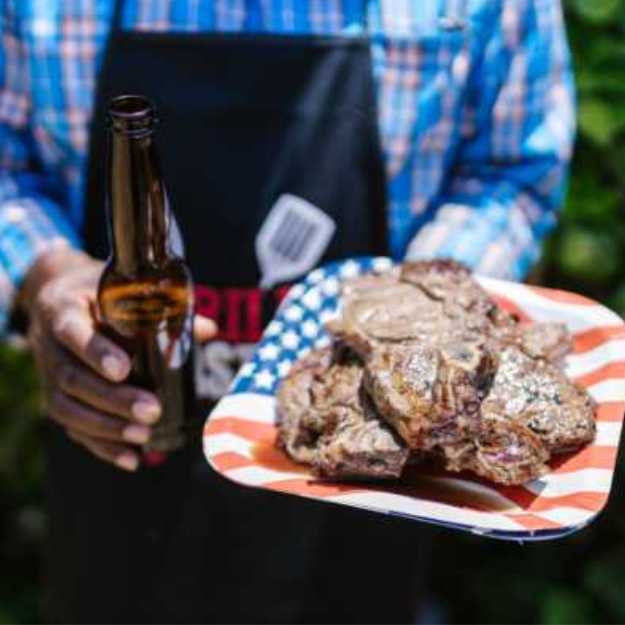
Medium-well to well-done steaks have a firmer, chewier texture and a milder flavor.
Experimenting with different temperatures allows you to find your sweet spot, to savor a steak exactly the way you prefer.
Remember, it's all about your palate and what makes your taste buds dance!
Avoiding Common Mistakes: Ensuring the Right Grilling Temperature for Your Steak
Avoiding common mistakes when grilling steak begins with ensuring the right temperature.
One widespread error is not allowing the grill to preheat adequately.
A properly heated grill sears the steak quickly, locking in juices and creating a delightful crust.
Another common mistake is using the wrong heat level.
High heat is perfect for searing the exterior of the steak, but it can cause the outside to burn before the inside reaches the desired doneness.
After searing, it's best to move the steak to a lower heat area of the grill to finish cooking.
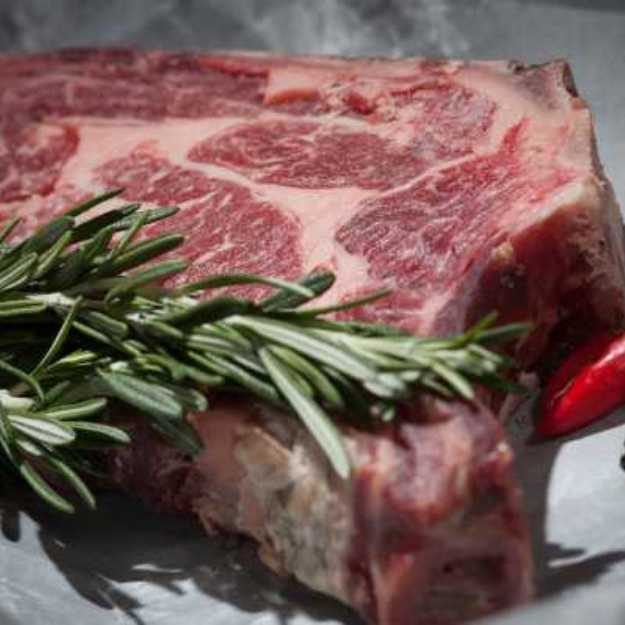
Additionally, using a meat thermometer can help avoid undercooking or overcooking.
Insert it into the thickest part of the steak to get an accurate reading.
By paying attention to these details, you'll be on the path to grill steak perfectly every time!
Discover The Ideal Grilling Temp For Steak: FAQ Section
Grilling the perfect steak can be a challenge.
There are so many variables to consider and it can be difficult to know if you’re getting it right.
After all of the information we've listed above, we expect there to be some answers, especially when it comes to something as precise as grilling the perfect steak.
With our FAQ section, get all your questions about grilling steak answered quickly and with confidence.
We have the expert answers you need to grill the perfect steak every time!
What is the ideal grilling temperature for steak?
When cooking steak, it is important to find the best grill temperature for that cut of meat.
For the ideal steak grilling experience, you should cook your steak at a medium-high heat of 400°F.
When cooking thicker cuts of steak, it's best to start with a higher temperature for searing and then reduce the temperature slightly to finish the steaks off at the desired doneness.
How long should I preheat the grill before cooking the steak?
Preheating your grill before cooking a steak is an important step and should be done for at least 10-15 minutes.
For best results, preheat the grill to 500°F (260°C).
Once the temperature has stabilized, brush the grate with oil to create a nonstick surface.
How can I tell when my steak has reached the desired temperature?
Knowing when your steak has reached the desired temperature is key to making a delicious meal.
The best way to ensure that you get it right is through using a thermometer.
A reliable meat thermometer can take the guesswork out of getting steaks cooked just right by letting you know exactly what temperature they're at inside.
Invest in a meat thermometer and you'll never have to worry about eating raw, and cold steak again!
Should I use a different temperature for searing versus cooking?
Absolutely. Searing and cooking are two very different preparations that require different temperatures.
When searing, you want to use a higher heat, around 500° F (260° C).
This high temperature is necessary to quickly char and caramelize the outside of the food while still retaining the moisture on the inside.
The intense heat also helps to lock in flavor and add texture.
Does the ideal temperature vary based on the cut or thickness of the steak?
Yes, the ideal temperature for steak varies based on the cut and thickness of the steak.
Thicker steaks require higher temperatures (around 450°F) to create a crispy, caramelized exterior while ensuring that the meat inside is cooked through.
Is there a difference in grilling temperature if my steak is marinated or seasoned?
Yes, there can be a difference in grilling temperature when using marinated or seasoned steaks.
Marinating adds moisture to the steak and so it will require less heat than one that is not marinated.
Steak seasoning usually involves dry herbs and spices which do not add any moisture, therefore it would require higher levels of heat to cook properly.
How do I adjust the temperature if I want my steak rare, medium-rare, medium, or well-done?
The best way to cook a steak is to use a reliable thermometer.
Knowing the internal temperature of your steak—and not relying on physical indicators such as color or texture—is the most reliable and accurate way to judge doneness.
When should I use a meat thermometer to check the steak's temperature?
Using a meat thermometer is the best way to ensure that your steak is cooked at your desired level of doneness.
Steaks should be cooked to an internal temperature of 135°F (57°C) for rare, 145°F (63°C) for medium-rare and 160–165°F (71–74°C) for well done.
Should I let my steak rest before or after grilling, and does it affect the internal temperature?
The answer to this question is both yes and no.
The internal temperature of the steak absolutely affects whether or not you should let it rest before or after grilling.
Generally speaking, if your steak is cooked to a safe internal temperature of 145°F (which can be confirmed by using an instant-read thermometer), you should let it rest for at least 3 minutes, preferably 5, after removing it from the heat source to allow its natural juices time to settle and redistribute throughout the meat - allowing for more delicious flavors when you bite into it!
What is the best type of grill for cooking steak?
When it comes to choosing a grill for your steak, there are a few different kinds you may be interested in.
The most popular type of grill would be a gas grill, charcoal grill, and electric grill.
Each has pros and cons, but to achieve the best flavor, most chefs agree that charcoal grills are the way to go, and are good for cooking those long-to-grill steak cuts!
How does overcooking or undercooking affect the taste and texture of the steak?
Overcooking and undercooking steak can both have a significant effect on the taste and texture of the steak.
When overcooked, steak tends to become dry, tough, stringy, and devoid of flavor.
This is because, at high temperatures, proteins in the beef transform into a tough membrane that prohibits moisture from staying inside the fibers of the meat.
The Best Temperature To Grill Steak
Thank you so much for tuning into today's informative article on how to achieve the best temperature when it comes to grilling steaks!
We hope this content was informational as well as entertaining!
If you enjoyed what you saw here today, then we strongly suggest that you check out our other related articles and also subscribe so you never miss another post!
Now what are you waiting for?
Go put this information to the test and fire up that grill!

